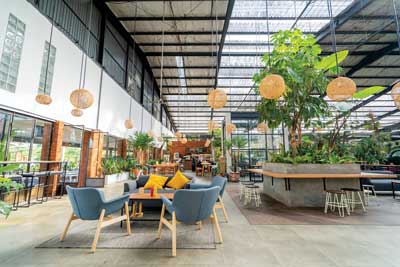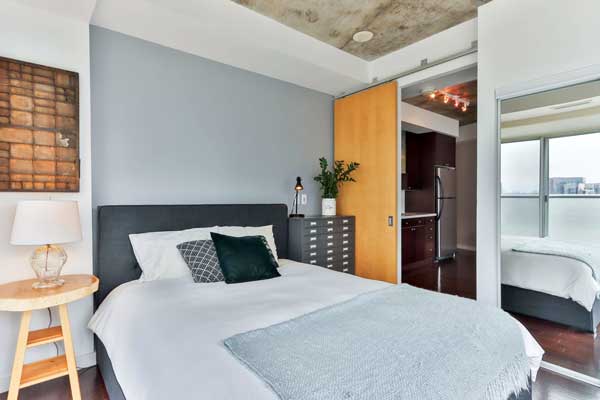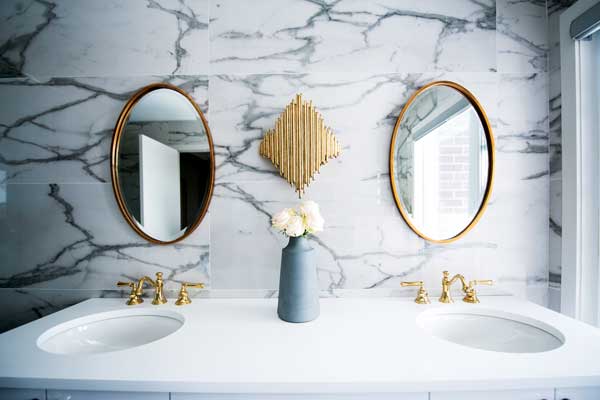|
By Mandy Christoph, Ramaker & Associates Inc.
This article was originally published on the Ramaker blog.
Hotel property improvement plans are an inevitable part of being in the hotel business. They’re also an invaluable opportunity for hotel owners to gain an advantage over their competition, increase market share, and provide a better customer experience.
Ready to capitalize on the return of leisure travel? In this post, we share five strategies that help hotel owners get more out of their PIP renovations and attract more guests. Get the most out of your hotel property improvement plan with these 5 tips
There’s no way around it: Some hotel owners dread property improvement plans. However, hotel PIPs present an opportunity to enhance customer experience and increase your bottom line. Follow these five tips to maximize your return on investment.
Negotiate your hotel PIP for a better ROI
Hotel PIPs are designed to improve guest experience. How that happens may look different for each property. Negotiation is an essential part of the property improvement plan process. Negotiating well helps you maximize your ROI.
As you plan for your hotel PIP, engage with the brand to find cost-cutting measures. Remember: brand managers are also part of your project team. When done strategically, PIPs are mutually beneficial for owners and brands. That means brands want your property to succeed as much as you do. Pro tip: Negotiating subjective items can reduce the cost of your hotel PIP by thousands of dollars. Consult with trusted designers and GCs with hospitality experience to identify opportunities for value engineering that meet brand standards. Exceed the minimum requirements of your hotel PIP
It may seem counterintuitive, but one of the best ways to maximize ROI on your hotel PIP is to add revenue-generating improvements to the scope of your renovations. After all, the goal of a property improvement plan is to increase the profitability of your hotel. Consider investing in any enhancements that will make your property more appealing to customers and more competitive in your market.
Pro tip: As soon as you receive your PIP, contact an experienced A&E team to review the scope. Architects, engineers, and designers with hospitality experience can help you find new ways to improve the guest experience. Design for long-term use
Invest now, save later. As you plan your renovations, you may want to prioritize longevity for all elements of your PIP. Yes, furniture, lighting fixtures, and mechanical systems with longer lifespans may have higher price tags. However, their durability can pay dividends. Installing long-lasting design elements and systems ahead of time is a great way to prevent costly repairs for broken products.
Pro tip: An interior design team with hospitality experience can help you find reliable, durable furniture and fixtures that align with your brand’s expectations and your vision. Apply lessons learned from the pandemic
For the past few years, analysts and industry insiders have considered how the coronavirus will change the future of the hospitality industry. New amenities certainly gained steam during the pandemic. Today’s consumers value cleanliness, automation, and flexible spaces more than they did in 2019. Has your property evolved to match these new preferences? If not, you may want to expand the scope of your
PIP renovations to include amenities that emphasize convenience, safety, and wellness. Pro tip: Want to show guests that you value their well-being? WELL Building certification—and the WELL Health-Safety seal—demonstrate that you’ve taken clear steps to prioritize the health and safety of hotel occupants. Market your improvements
Nowadays, a customer’s first impression of your hotel happens long before they walk through the front door. It happens online.
Your thoughtfully decorated and spacious new lobby make convince customers to choose your hotel over the one down the road—but only if they can see the difference during the decision stage. After construction is finished, market your property! Hire an experienced hospitality photographer to capture the improvements, add up-to-date images to your Google My Business listing, and share quality photos on your website and social media. Pro tip: Make your property pop on your brand’s website. Share any professional photos with your brand manager. About the Author:
Mandy Christoph, Ramaker’s Interior Design Studio Lead, is one of the few WELL AP Certified interior design professionals in Wisconsin. Mandy has more than 15 years of experience, ranging from hotel and hospitality design to commercial and workplace design. She provides a variety of services to Ramaker’s clients, including general drafting, project coordination, space planning, material selections, and building layout and design.
0 Comments
Your comment will be posted after it is approved.
Leave a Reply. |
Submit Content to WHLA!All WHLA members are welcome to submit news and educational content for our publications.
View our Content Submission Guidelines. Archives
July 2024
Categories
All
|




 RSS Feed
RSS Feed